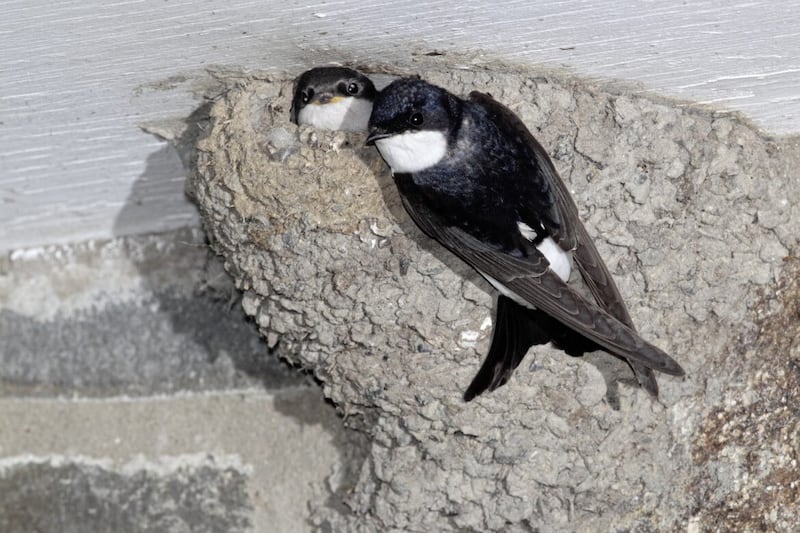THE sight of the dark, conspicuous figure of a cormorant, perched on a rock in Lower Lough Erne with its wings outstretched, seemed the perfect symbol for November’s bare and bleak countenance.
In the last hour of remaining light, this sinister looking bird appeared to me like the shape-shifting bird of legend transformed from the Cailleach Bhéara or winter queen.
A link to this seasonal spirit is found in the bird’s Irish name, cailleach dhubh, the black hag, coming from ‘cailleach’ a common word of Irish and Scottish Gaelic meaning old woman or witch, originally derived from the older Gaelic term, ‘caillech’ meaning the ‘veiled one’.
In the mythology of Ireland, Scotland and the Isle of Man, the ageless and immortal Cailleach had the power to control storms and thunder as well as care for both domestic and wild animals during winter. During Celtic times, the Cailleach was considered a seasonal deity who ruled the winter months between Samhain, and Beltane, the first day of summer on May 1, before transferring power to the goddess Bríde, the other side to the Cailleach, who ruled the summer months through to the following winter. Depending on the weather, the transfer of power took place any time from Lá Fhéile Bríde (February 1) onwards.
Phalacrocorax carbo has a long body and neck with a strong, slightly hooked beak and dark webbed feet. Its yellow and white bare flesh at the base of its lower mandible and white thigh patch in summer distinguish the bird from its smaller, greener cousin the shag, which has a small crest and less yellow around its face.
The name cormorant is thought to originate from the Latin words Corvus and Marinus meaning ‘sea crow’, something noted in another of its Irish names, ‘fiach mara’, or ‘sea raven’.
Cormorants breed in colonies mainly around the coastal cliffs of Ireland, with some birds breeding inland where they nest in trees. Most of the larger coastal colonies in Ireland are on the south and north west coasts with especially big colonies in Co Dublin.
The bird, which feeds naturally in freshwater and marine habitats, has a voracious appetite and its opportunistic nature also brings it into conflict with man, affecting commercial fish farms and recreational angling. It has become the emblem for gluttony, with Shakespeare using the word cormorant as a synonym for greed in several of his plays.
Returning to its female form, the Cailleach has left her name on many prominent geological sites throughout Ireland, such as Ceann na Caillí, Hag’s Head, the most southerly point of the Cliffs of Moher in Co Clare, where the rock formation resembles a woman’s head looking out towards the sea.
Closer to home, on the summit of Co Armagh’s Slieve Gullion, we have the passage tomb known as Cailliagh Berra’s House and the nearby Cailliagh Berra’s Lake, where legend says the Cailleach Béara enticed Fionn Mac Cumhaill to swim in the magical waters and retrieve her supposedly lost golden ring, only for him to emerge as an old man.
Many passage tombs on the Coolera peninsula in Co Sligo are also associated with the Cailleach, with one named Teach Cailleach a’Bhéara (House of the Witch), where she lives. Yeats refers to this Cailleach in his poem The Hosting of the Sidhe, writing, "The host is riding from Knocknarea /And over the grave of Clooth-na-bare".
As if to reinforce the cormorant’s links to the Cailleach and the darkening months, another one appeared to me two days later, this time as it flew solitary overhead under a brooding sky.








